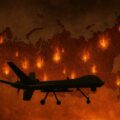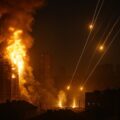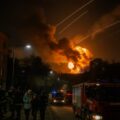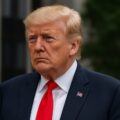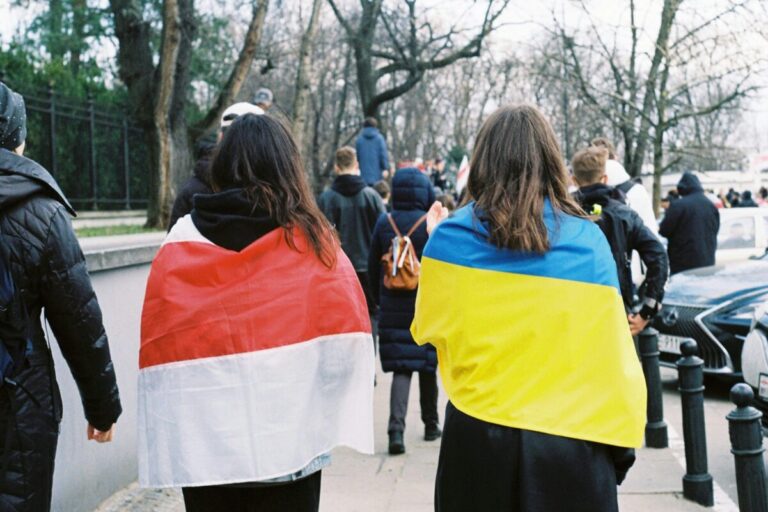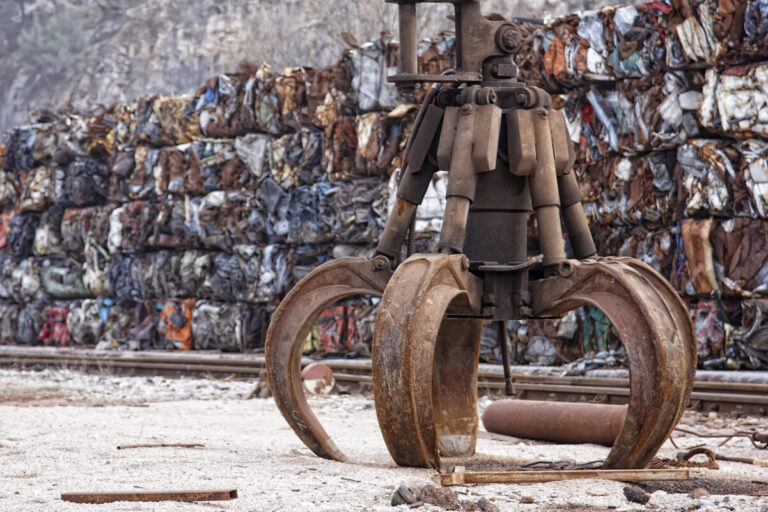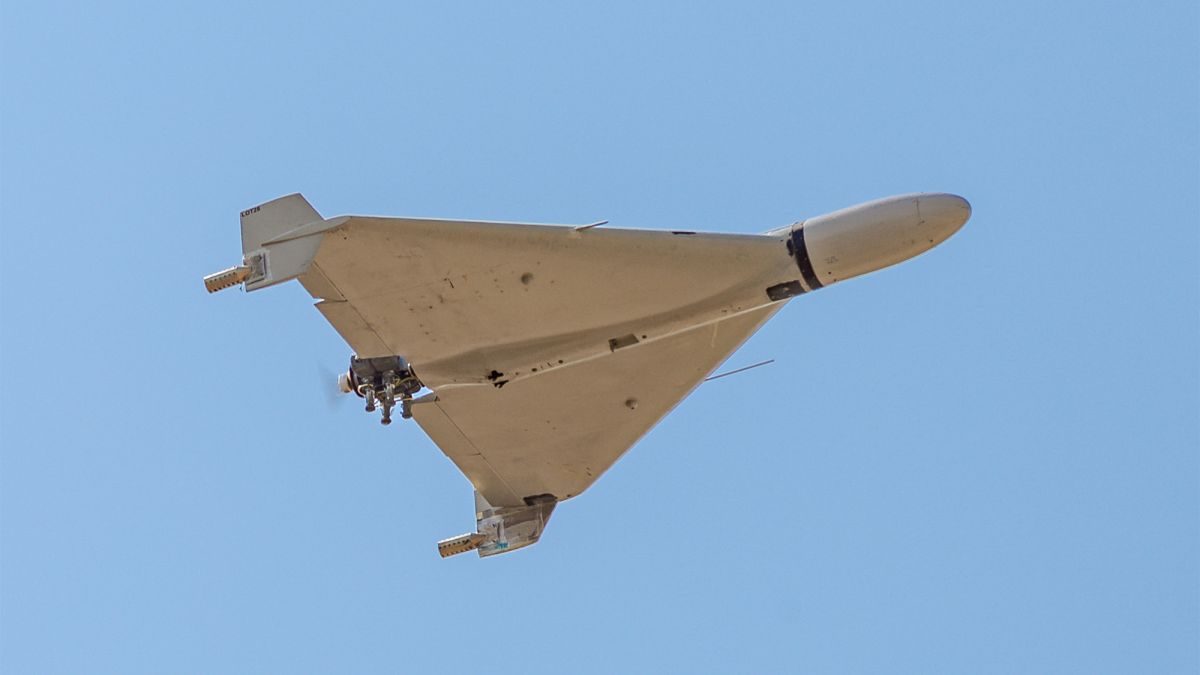
May 26: Ukraine Under Third Night of Attacks, Trump Calls Putin “Crazy”, Kremlin Helicopter in Strike Zone
May 26 marked the third consecutive night of Russia’s massive air assaults on Ukraine — and the fifth night of Ukrainian strikes deep into Russian territory. The scale is staggering: over 900 drones and missiles launched in two days. Yet what followed may matter even more. Former U.S. President Donald Trump called Vladimir Putin “absolutely crazy,” and reports emerged that Putin’s own helicopter came dangerously close to a Ukrainian drone strike. The war is shifting — and the world is watching.
May 26: 355 Drones, 9 Missiles, and a New Record
In the early hours of May 26, Russia launched:
- 355 Shahed-type kamikaze drones
- 9 cruise missiles
Targets included Kyiv, Khmelnytskyi, Mykolaiv, Kupiansk, and several smaller towns across central and southern Ukraine.
This followed the massive May 25 attack (298 drones and 69 missiles).
Combined, Russia fired over 900 aerial weapons in 48 hours.
Confirmed outcomes:
- 12 civilians killed, including 3 children
- 60+ wounded
- Widespread damage to homes, hospitals, energy infrastructure, and shopping areas
Ukraine’s air defenses intercepted most threats, but the intensity exceeded sustainable capacity. Blackouts were reported in multiple regions.
This was the third straight night of air raids on Ukraine. Meanwhile, Ukraine’s own long-range strikes have continued for five nights in a row, targeting military depots, logistics hubs, and airfields inside Russia.
Trump: “Putin has gone absolutely crazy”
Just hours after the May 26 assault, Donald Trump broke his relative silence on Russia with a statement to Business Insider and AP:
“Putin is absolutely crazy. He’s needlessly killing a lot of people. If he tries to take all of Ukraine, it’ll lead to Russia’s collapse.”
Trump’s remarks marked his strongest condemnation of Putin since the invasion began. While previously hesitant to directly challenge the Kremlin, his tone shifted dramatically in response to the targeting of Ukrainian civilian areas.
According to The Washington Post, Trump is now:
- Considering renewed sanctions against major Russian banks
- Backing air defense deliveries and F-16 deployment to Ukraine
- Calling Russia a “destructive force destabilizing Europe”
The change is significant. Trump’s voice — especially during an election cycle — influences international positioning and Republican sentiment.
Putin in the Blast Zone? What Russian Commanders Revealed
As Ukraine continues striking military targets inside Russia, one specific incident has grabbed global attention.
On May 20, during Putin’s visit to Kursk Oblast, his helicopter was reportedly flying in the exact region struck by Ukrainian drones.
Russian air defense commander Yurii Dashkin confirmed:
“During the peak of the drone activity, the president’s helicopter was in the active combat zone. One drone approached its path and was destroyed immediately.”
This is not speculation — it was stated on record.
It’s the first credible report of Putin himself being near a Ukrainian strike zone.
Whether accidental or deliberate, the incident exposed a core vulnerability — both symbolic and operational.
Revelant
What This Signals: Four Key Messages
- Russia is adapting tactics: overwhelming Ukraine’s defenses through scale, not precision.
- Putin is no longer untouchable — physically or politically.
- Trump’s pivot signals a possible shift in U.S. policy, opening the door to faster support.
- Ukraine’s endurance is tested, but its capacity for counteraction is growing.
Conclusion: Three Nights, Five Fronts, and No Illusions
Three nights of terror over Ukraine. Five nights of strikes into Russia.
One message: the war has entered a deeper, more dangerous phase.
And this time, the narrative is no longer symmetrical:
- Ukraine targets military infrastructure.
- Russia bombs residential homes, malls, hospitals.
- The world sees it. Trump acknowledged it.
- And even Putin — this time — wasn’t safely out of reach.
This is no longer about escalation.
It’s about exposure — and the urgency to act.
Because if even the Kremlin is under threat,
then the time for quiet diplomacy is over.
And the world — must decide how loud its response will be.





